The 7 Movements you need to Master - Part 2: Lunge and Squat
In the last post, we covered the Push and the Pull. Now we move to the lower body, and take on the Lunge and the Squat.
The lunge and the squat share many similarities. Both movements are great exercises for developing lower body strength and durability.
3. Lunge
The Lunge pattern comes up in thousands of movements, and many of the movements we do daily. It is also is a great assessment of unilateral stability and strength, as well as a test for asymmetries.
Here are some key points to remember during the squat:
Keep your hips square and avoid letting your feet turn out
Keep your torso stiff and as vertical as possible
Don't let your front knee collapse in past your toes
If you aren't using lunges in your program, add them into your next training session. You can perform walking bodyweight lunges for distance to develop endurance, or load up a barbell and perform split squats for leg strength.
4. Squat
There is simply no better exercise for developing lower body strength and power. That being said, the squat is also an important resting position. While Western culture seems to have forgotten it, the deep squat is used by cultures all over the world as a resting, eating and defecating position. It is a much more natural and biomechanically beneficial position than the modern-day office chair.
It is also a killer exercise. If you are using squats in your regular workout routine, here are a few key points to remember:
Keep your knees over your toes
Squat as deep as you can while keeping your back flat
Try to squat with your toes facing forward, or as close to forward as possible
I don't squat heavy weight every day, but I do sit in a deep squat quite often. It is extremely beneficial for knee, hip, back and ankle health.
You can't have a well-rounded program without having lunges and squats included. If you squat and lunge every day you will not only notice huge improvements in lower body strength but also in knee, back and hip health.
-Mark
B.Kin, Canadian Society of Exercise Physiology, CPT
